- Fully autonomous vehicles are still a long way away.
- As self-driving technology rolls out, it won't be cheap.
- Most Americans buy used cars anyway, and they don't have the tech.
- Don't make plans to give up your driver's license.
When Will Self-Driving Cars Be Available? It's Complicated
Self-driving cars are coming, but you will still need to know how to drive
Commuters, bar-hoppers, taxi and ride-hailing services, package delivery companies and trucking firms can't wait for self-driving vehicles to become a reality. There's big money involved, too, from the potential profits flowing to the automotive suppliers innovating the technology to the savings realized by corporations after eliminating human drivers from their payrolls.
But is this promised driverless nirvana actually going to happen? To some degree, yes.
Self-driving cars are already on the road, operating only at lower speeds within small geofenced areas, such as the Waymo One shuttle service in Chandler, Arizona. It took years for Waymo to achieve this feat of driverless strength on the broad, straight, sun-drenched boulevards of the Phoenix suburb. How much longer do you think it will be before a typical consumer can summon a personally owned self-driving vehicle to make the commute home from downtown Boston, over the river and through the woods, after dark, in a snowstorm?
Think decades — if it ever happens at all. So, yeah, you'd better plan on knowing how to drive, especially in bad weather. And that goes for your teenagers too.
Hands-free driving assistance is improving, but drivers are still required
At the start of 2022, the closest thing to a self-driving car for consumers is one equipped with General Motors' Super Cruise system, a hands-free semi-automated driving suite introduced on Cadillac's flagship CT6 sedan for the 2018 model year. Now available on a number of Chevrolet and Cadillac vehicles, Super Cruise works only on approved limited-access roads in the U.S. and Canada, such as freeways. While Super Cruise is active, drivers can take their hands off the wheel as the car steers, accelerates and brakes on its own. However, drivers must pay close attention at all times and be ready to take control at a moment's notice.
Though impressive, Super Cruise is not the fully autonomous self-driving system consumers believe is right around the corner. They don't want to pay attention and serve as a backup for the technology. Instead, they want to scroll social media, play a game, watch a movie or take a nap.
Even GM's more capable next-generation Ultra Cruise, planned as a subscription service on the company's premium models and usable on city streets, carries the following disclaimer: "Always pay attention while driving and when using Ultra Cruise and Super Cruise. Do not use a hand-held device."
Volvo's recently announced Ride Pilot is different because it will allow drivers to divert their attention from the road. The automaker says Ride Pilot will take complete control of the vehicle, and Volvo will take full responsibility for whatever happens, which means drivers are free of their monitoring duties. However, the automaker concedes that there could be situations in which the system will need to hand control over to a human, so drivers are not entirely off of the hook.
Similar to Super Cruise and Ultra Cruise (and Ford's upcoming BlueCruise), Ride Pilot will operate only on specific approved roads. And while Ride Pilot's sensors, cameras and lidar will be standard on Volvo's upcoming electric flagship SUV, owners won't be able to use it until regulators approve it. Even then, Volvo will initially offer Ride Pilot only in California and will perform an over-the-air update to activate the system only after the vehicle's owner has paid for a subscription to the service.
In short, even today's (and tomorrow's) most advanced hands-free driving systems require the driver to be attentive, alert and ready to take the wheel at all times.
The future is self-driving technology is by subscription
Automakers are simultaneously transforming their business models with the change to electric vehicles. Software as a service (SaaS) is the future. Just like with your smartphone, your vehicle will offer upgrades, improvements and apps. All you've gotta do is pay to play.
Super Cruise, Ultra Cruise, BlueCruise, Ride Pilot and a slew of other upcoming semi-automated and autonomous systems will require a subscription for them to work. However, if you can afford the vehicle that has the proper hardware installed — and you can afford to pay a recurring fee for the service — then you'll get to enjoy hands-free driving, to an extent.
What if you can't afford a new vehicle, let alone an expensive one with fancy technology that costs extra to use it? To misquote a famous Seinfeld episode, no self-driving service for you.
From the looks of things, it's going to be a long, long time before a typical Honda Civic or Toyota RAV4 is taking care of business without any input from the driver. So, yeah, you're still going to need to know how to drive for the foreseeable future.
The math says it will be a long time before everyone owns a self-driving car
Most people who buy cars don't get a new one. Edmunds data shows that roughly 41 million used vehicles were sold last year, while a little over 15 million new vehicles found homes. That means for every new vehicle sold in America, roughly three used cars are changing hands. And used cars can last decades with proper maintenance.
Used cars are wildly popular because new cars are expensive. Edmunds' data says that the average transaction price for a new car, truck or SUV had climbed to nearly $46,000 in November 2021. Used vehicles aren't exactly cheap; our analysts think the average used car price will crest the $30,000 mark during 2022.
Now, consider that the median annual household income in the United States in 2020 was $67,521, according to the U.S. Census Bureau. That represented a 2.9% decrease from 2019 when the number was $69,560. Granted, the COVID-19 pandemic likely had something to do with the shortfall, as that wasn't a factor in 2019.
I'm no math whiz. I'm a writer. But these numbers don't add up to the democratization of self-driving technology in the next few years. The average household can't afford a vehicle anywhere near the average transaction price for a new car, let alone the monthly upcharge for a hands-free driving system
Between still-nascent semi-automated driving systems to the monthly cost of these systems and the pricey vehicles they appear in, the vast majority of people are going to be driving their own cars for a while longer. Emphasis on the "long."
Edmunds says
I know. Effortless commuting bliss seemed like it was just around the corner. And for a handful of people, it likely is. But for most Americans, driving will remain a necessity for quite some time to come. And even when Volvo Ride Pilot and other systems offering the same capabilities are available to the people who can afford them, they will still require a driver who can take control whenever the technology deems it necessary.
So don't make any plans to let your driver's license lapse just yet. You're gonna need it.
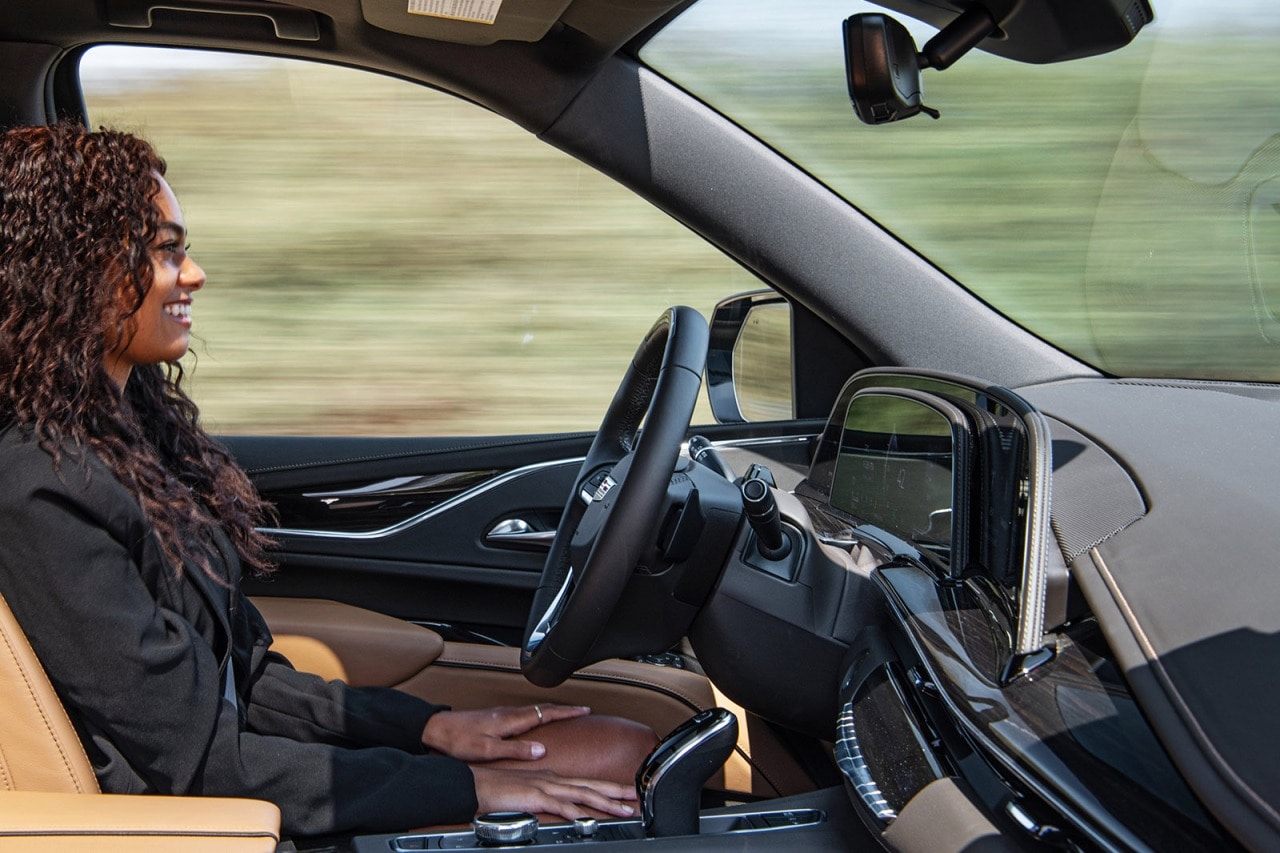
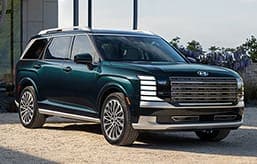
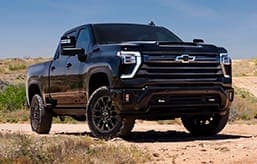
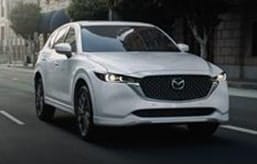
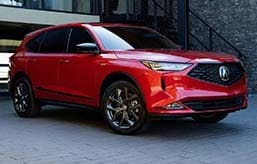
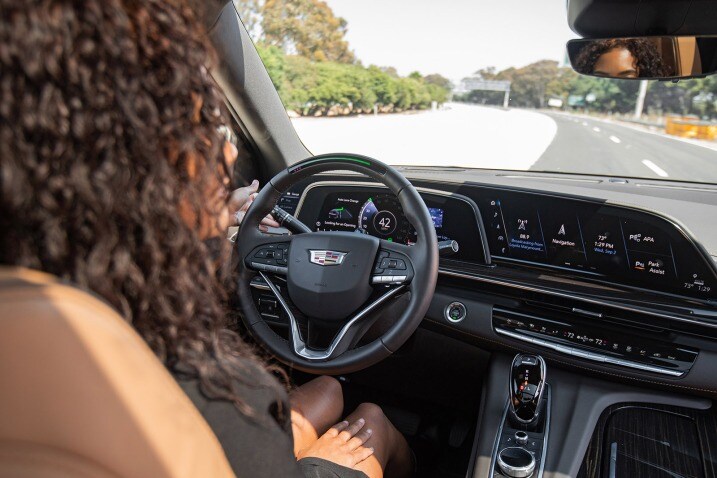

 by
by